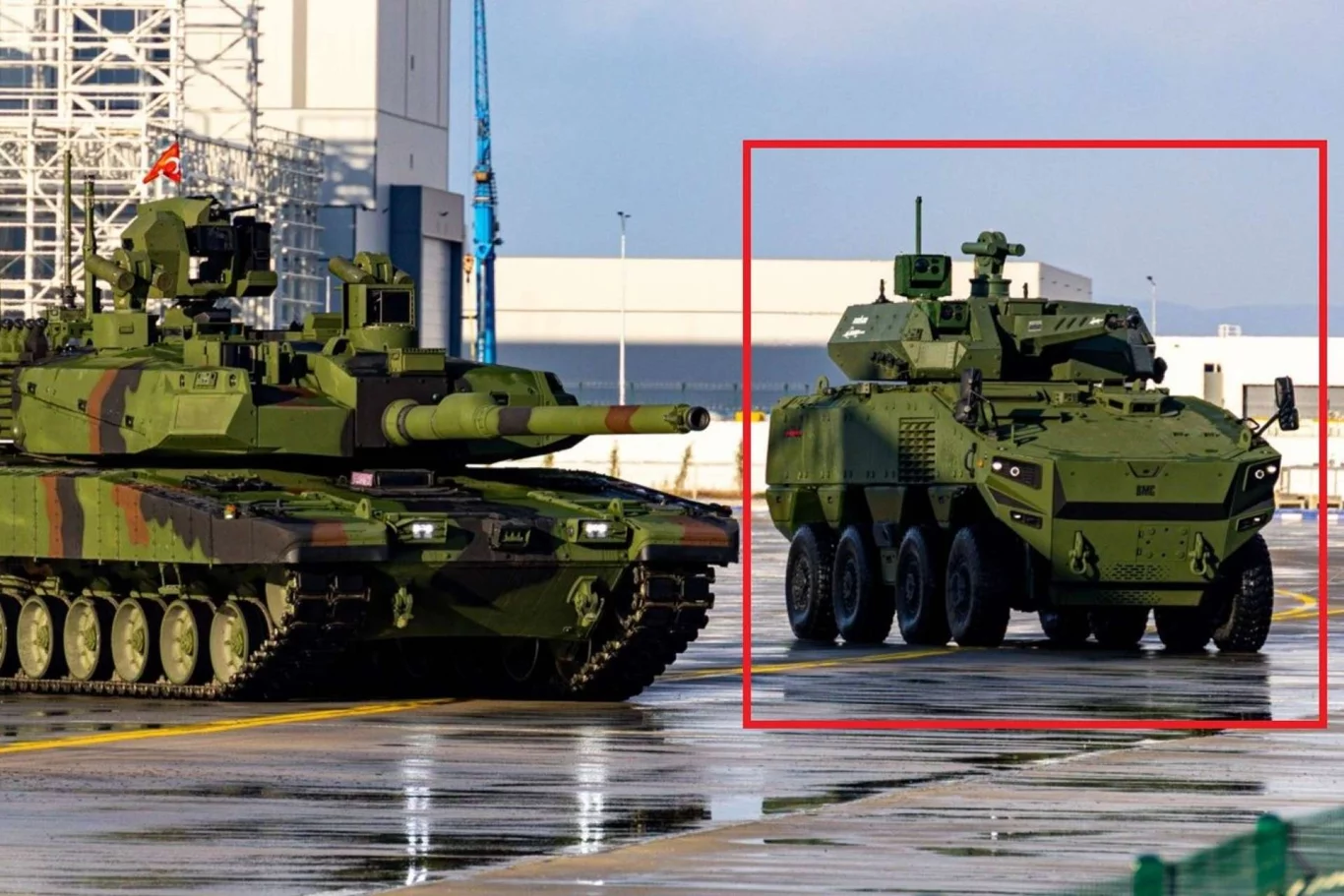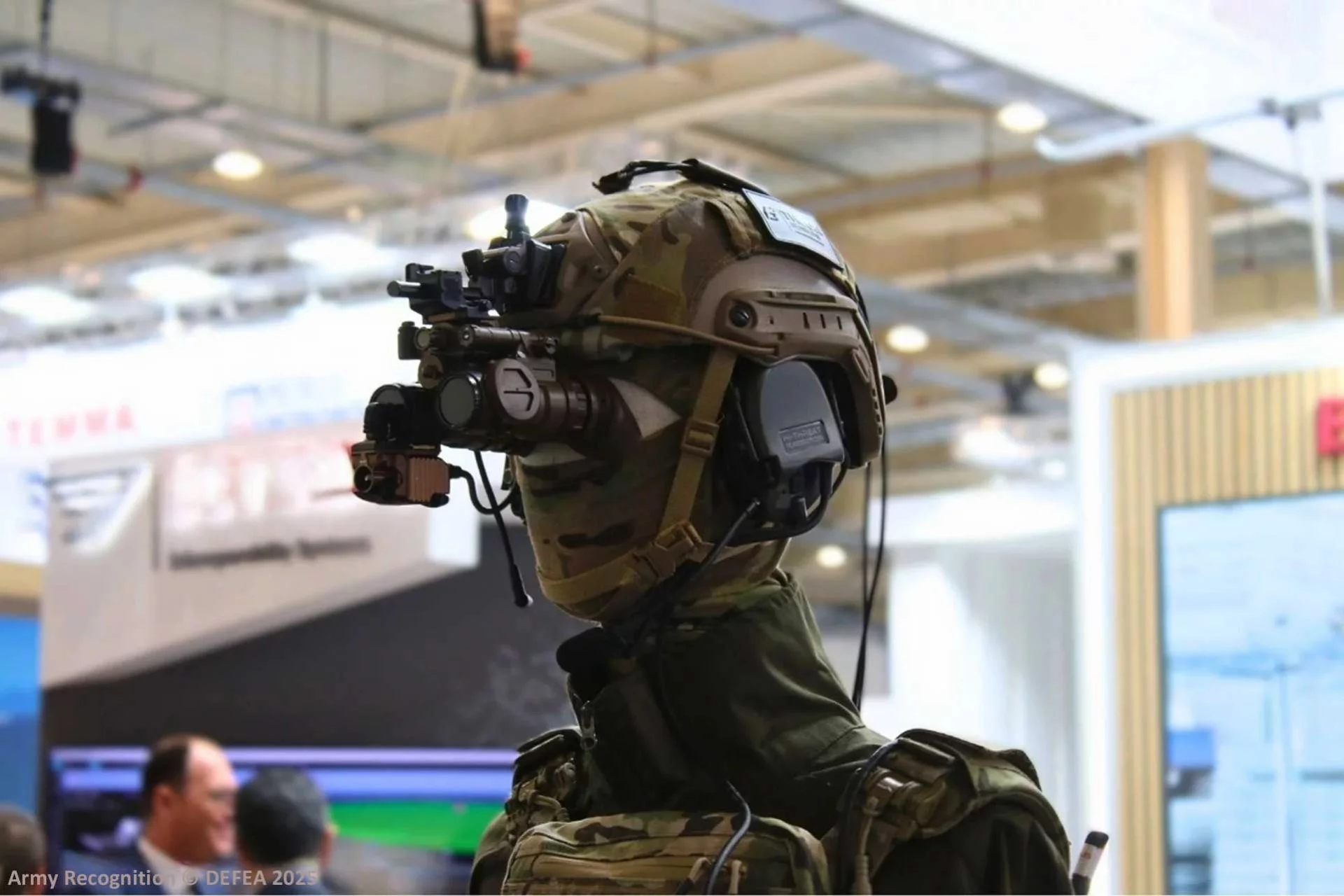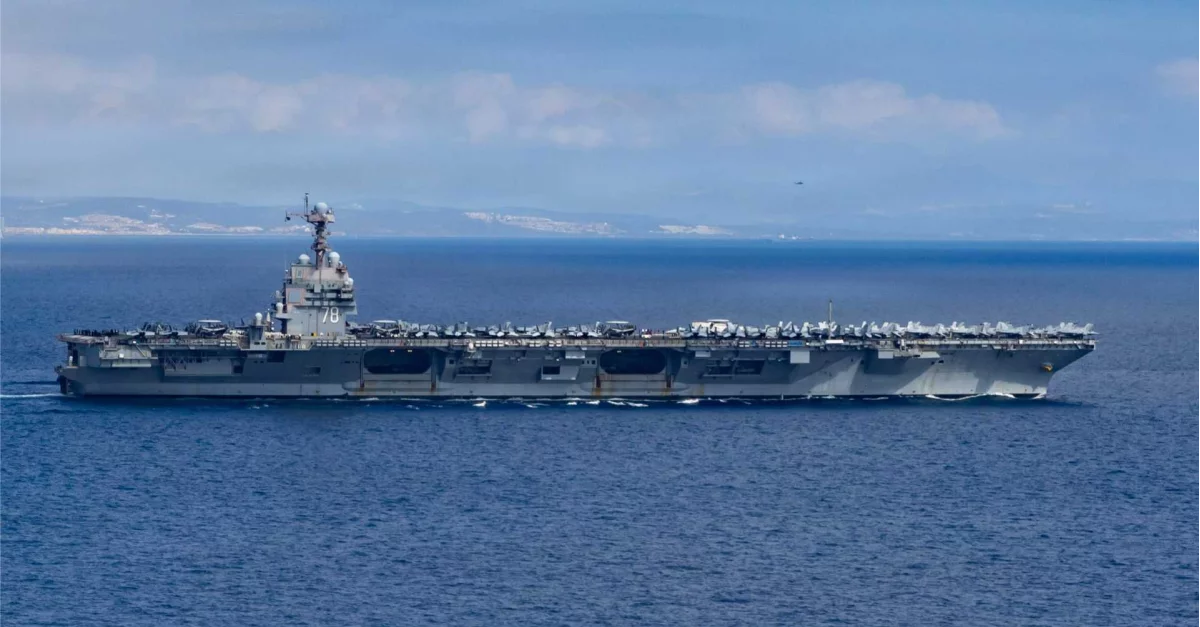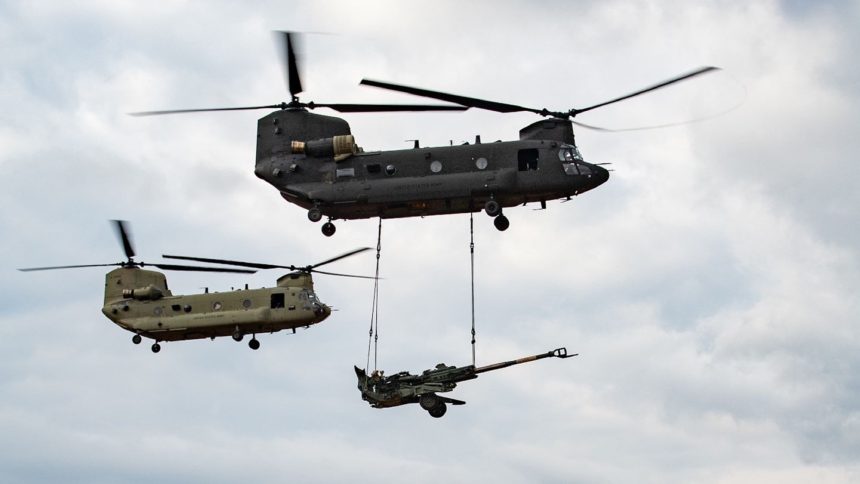In a resounding testament to its burgeoning domestic defense industry and an ambitious drive to solidify its national security posture, Türkiye has officially commenced production of the Altug 8×8 wheeled armored vehicle. This significant milestone is not occurring in isolation; it runs concurrently with the ongoing production of the Altay main battle tank, signaling a comprehensive strategy by Ankara to forge a new generation of entirely indigenous armored units. This dual-pronged approach is more than just about building vehicles; it’s about establishing self-sufficiency, projecting regional influence, and fundamentally transforming the capabilities of the Turkish Land Forces.
For decades, Türkiye has relied on a mix of domestically produced and externally sourced military hardware. However, under the current leadership, there has been a relentless push towards greater self-reliance, particularly in critical defense sectors. This strategy has been driven by a desire to avoid dependence on foreign suppliers, especially in times of geopolitical tension, and to cultivate a robust national defense industrial base capable of meeting its own needs and potentially exporting advanced systems. The Altay tank and now the Altug 8×8 are prime examples of this strategic shift.
The Altay Main Battle Tank, often hailed as Türkiye’s flagship defense project, has been a long time in the making. Designed to replace aging Leopard 1 and M60 Patton tanks, the Altay is a modern, third-generation MBT incorporating advanced armor, a powerful 120mm smoothbore gun, sophisticated fire control systems, and a high degree of situational awareness. Its production has faced challenges, particularly concerning engine and transmission procurement due to international restrictions, but these hurdles have only strengthened Türkiye’s resolve to develop indigenous alternatives. The Altay is envisioned as the spearhead of Turkish armored formations, providing the heavy punch and protection required for high-intensity conventional warfare.
Complementing this heavy hitting capability is the Altug 8×8 wheeled armored vehicle. While the Altay represents brute force and direct engagement, the Altug is designed for versatility, speed, and adaptability. 8×8 wheeled armored vehicles are increasingly favored by modern armies for their excellent mobility on roads, lower operational costs compared to tracked vehicles, and suitability for rapid deployment, peacekeeping operations, and asymmetric warfare. The Altug is expected to fulfill a variety of roles, potentially serving as an armored personnel carrier, infantry fighting vehicle with various weapon stations, reconnaissance vehicle, command post, or even a mortar carrier. This multi-role capability makes it an indispensable asset for creating truly modular and flexible armored units.
The simultaneous production of both the Altay and the Altug speaks volumes about Türkiye’s integrated approach to military modernization. It’s not just about procuring individual platforms, but about building cohesive, high-performance combat teams where different vehicles complement each other’s strengths. Next-generation armored units will likely feature a blend of heavy tanks for breakthrough operations and wheeled vehicles for rapid maneuver, flank protection, and support roles. This blend provides commanders with a wider array of tactical options, allowing them to adapt to diverse battlefield conditions and enemy threats.
The benefits of this domestic production strategy are manifold.
Firstly, it ensures security of supply. Türkiye can produce, maintain, and upgrade its armored fleet without external interference, a critical factor for any nation seeking true strategic autonomy.
Secondly, it stimulates economic growth and technological advancement within Türkiye. The defense industry becomes a major employer, fosters innovation in engineering and manufacturing, and creates a highly skilled workforce. This has ripple effects across the entire national economy.
Thirdly, it allows for customization and adaptation to specific Turkish requirements and operational doctrines. Vehicles can be designed and modified to suit the unique terrain, climate, and strategic needs of the Turkish armed forces, rather than relying on off-the-shelf foreign designs.
Fourthly, and perhaps most importantly, it enhances Türkiye’s geopolitical standing. A nation capable of producing its own advanced defense systems projects strength and independence, reinforcing its role as a significant regional power with a credible military deterrent. It also opens doors for defense exports, further strengthening its economic and diplomatic ties with allied and friendly nations.
As the production lines at Turkish defense manufacturers hum with activity, churning out both the formidable Altay tanks and the versatile Altug 8×8 vehicles, a new era for the Turkish Land Forces is clearly dawning. These machines are not merely metal and machinery; they are tangible symbols of Türkiye’s growing military prowess, its strategic independence, and its unwavering commitment to building a formidable defense for the challenges of the future.




